They are, apparently, three unconnected stories. Yet, like individual jigsaw pieces, they click together to make a picture.
There’s the anonymous Tory MP accused of rape. The top Scottish QC, Brian McConnachie, accused of indecent texting from the toilets of a Scottish court. Finally, there’s the unnamed, but violent and predatory MI5 agent who the BBC exposed, despite the government’s legal attempt to gag them.
So, the lawmaker, the law enforcer and the law defender: what’s the connection?
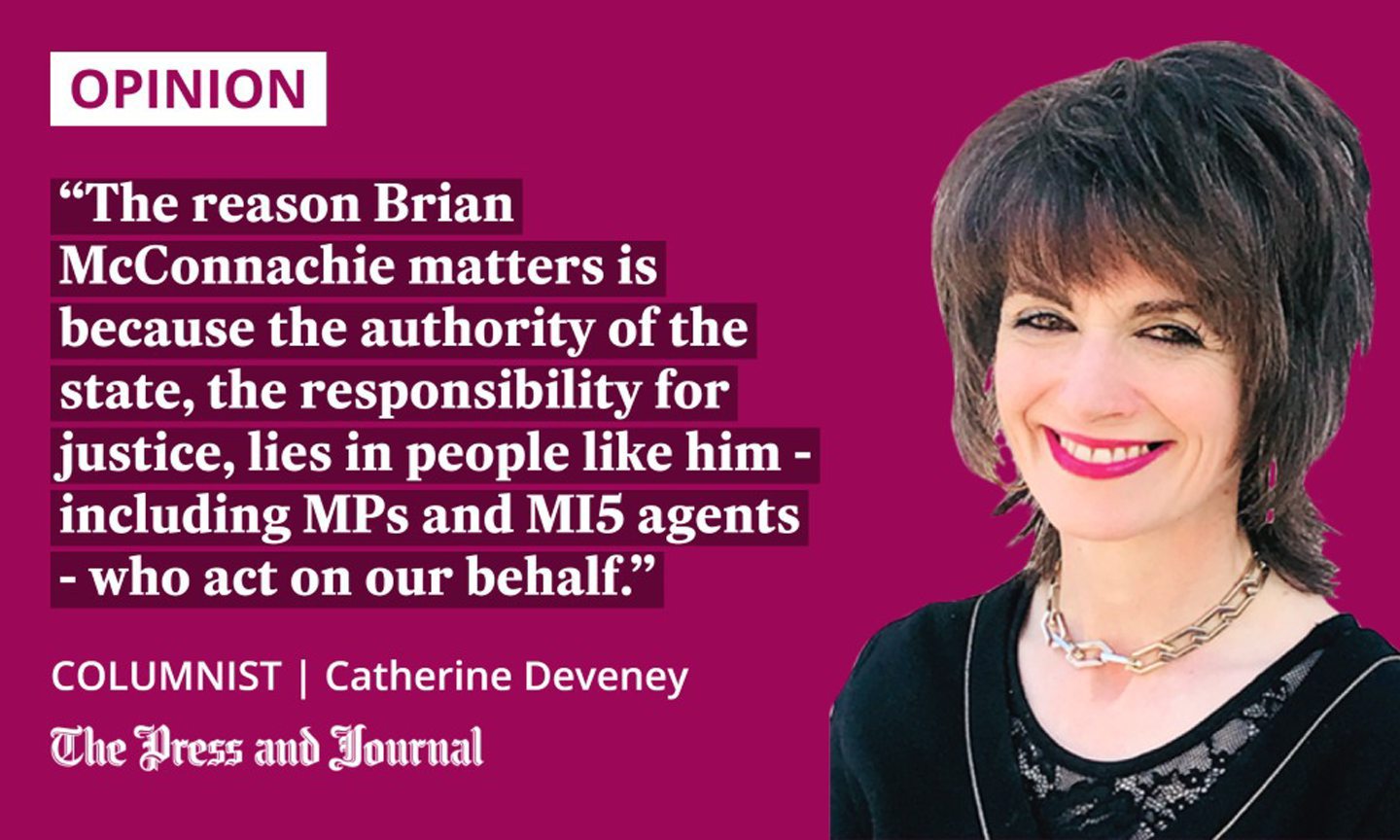
Let’s focus, first, on the QC, a man who earns over £300,000 of public money in legal aid payments. A female whistleblower reported McConnachie to the Faculty of Advocates for professional misconduct, after he sent her a text saying he was in a “state of arousal”, along with an “intimate” photograph.
He also reported that a colleague had said that he would like to “shag” the head of a rape crisis charity. McConnachie said he would too, “just to have something over her”, but he “wouldn’t enjoy it”.
‘Unsatisfactory professional conduct’
Just in case there was anyone tempted to think the Me Too movement was an over-cooked fabrication, the Faculty of Advocates gave us a ruling that was nauseatingly familiar. McConnachie’s behaviour was lacking, they agreed. Not for what he said about the female rape crisis boss – for grassing on his male colleague.
Now, you can call that corporate loyalty if you like. I prefer to call it corruption. Do what you like, as long as nobody knows about it.
Our response to the situation and demeaning comments made by Brian McConnachie QC, revealed in the Daily Record today: https://t.co/KzKqSKTeqk
— Rape Crisis Scotland (@rapecrisisscot) May 10, 2022
McConnachie’s censure was for “unsatisfactory professional conduct”. Unsatisfactory? Oh, bless! It’s like the gentle reprimand of a primary school report card. “Brian gets easily distracted and his unsatisfactory grades reflect his need to show off. Could try harder.”
McConnachie was let off with the dodgy photo because he sent it at 4.01pm and his day finished at 4pm – which might have been fair enough if he hadn’t sent it from work premises. So, what was his important work at 3.59 before his nought to 60, super-acceleration into a state of arousal? He was in court, defending a man accused of rape. Pass the sick bucket, someone.
One of the top public servant law defenders thinks sex is a game of dominance in which you get one over the victim by controlling them
Of 2,342 reports of rape and attempted rape in Scotland in 2019-20, there were only 130 convictions. The Faculty of Advocates clearly sees no correlation between this and attitudes within the legal profession, where one of the top public servant law defenders (for that is what he is) thinks sex is a game of dominance in which you get one over the victim by controlling them.
Sounds more like the thinking of invading soldiers in Ukraine than someone upholding the pillars of justice.
Organisational self-protection clearly comes first
This is where the dots begin to join. The reason McConnachie matters is because the authority of the state, the responsibility for justice, lies in people like him – including MPs and MI5 agents – who act on our behalf.
The public have the right to believe that such people will uphold the highest standards. They also have the right to believe that, if they don’t, the establishment, in whom they invest both money and confidence, will act on the public’s behalf and not in the interests of their own secret, closed shop. Sadly, those beliefs are misguided. Organisational self-protection clearly comes first.
We see it, too, with MI5. It’s a Netflix fantasy to think that MI5 has the highest standards of recruitment and selection, that any bending of the rules is for some James Bond-type pursuit of public altruism. Who knew, until the BBC told us, that national security issues were in the hands of right wing yobs who physically and emotionally abuse their partners and use their security status as a shield?
The government got a court ruling to protect the agent’s identity, at the expense of any unsuspecting future partners – or children – in his path. Does anyone genuinely believe that was to keep national secrets safe? Or was it to keep the establishment’s blunders safe from public knowledge?
The power base of our society should not be blindly trusted
As for law-breaking MP, well, God help us. There have been plenty of them, including the partying prime minister. The truth is that what we broadly refer to as “establishment”, the power base of our society, should not be blindly trusted.
When it comes to the picture that the lawmaker, law enforcer and law defender make, there is one more element: the independent media
It’s not the rogue individuals that illustrate this: the sordid MP, the sleazy QC, or the corrupt security agent. They are merely dross. It’s the ways those individuals are dealt with by authority that tell the real story: those who supposedly “protect” us actually protect themselves. The veneer of public service peels like the veneer of wood on self-assembly furniture.
So, when it comes to the picture that the lawmaker, law enforcer and law defender make, there is one more element: the independent media.
The information that newspapers and broadcasters give us suggests we should trust less and demand more. It forces a public accountability that those in power would rather not face. Without them, the picture would be bleak indeed.
Catherine Deveney is an award-winning investigative journalist, novelist and television presenter
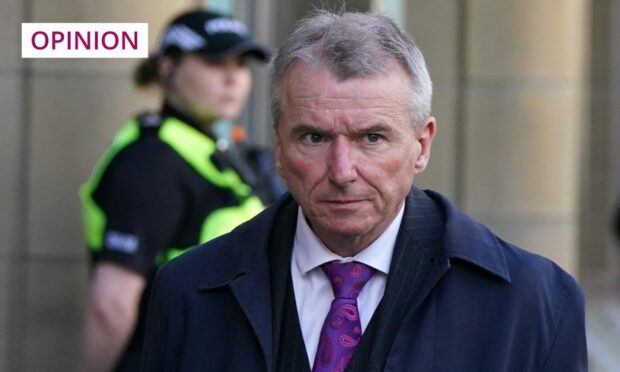

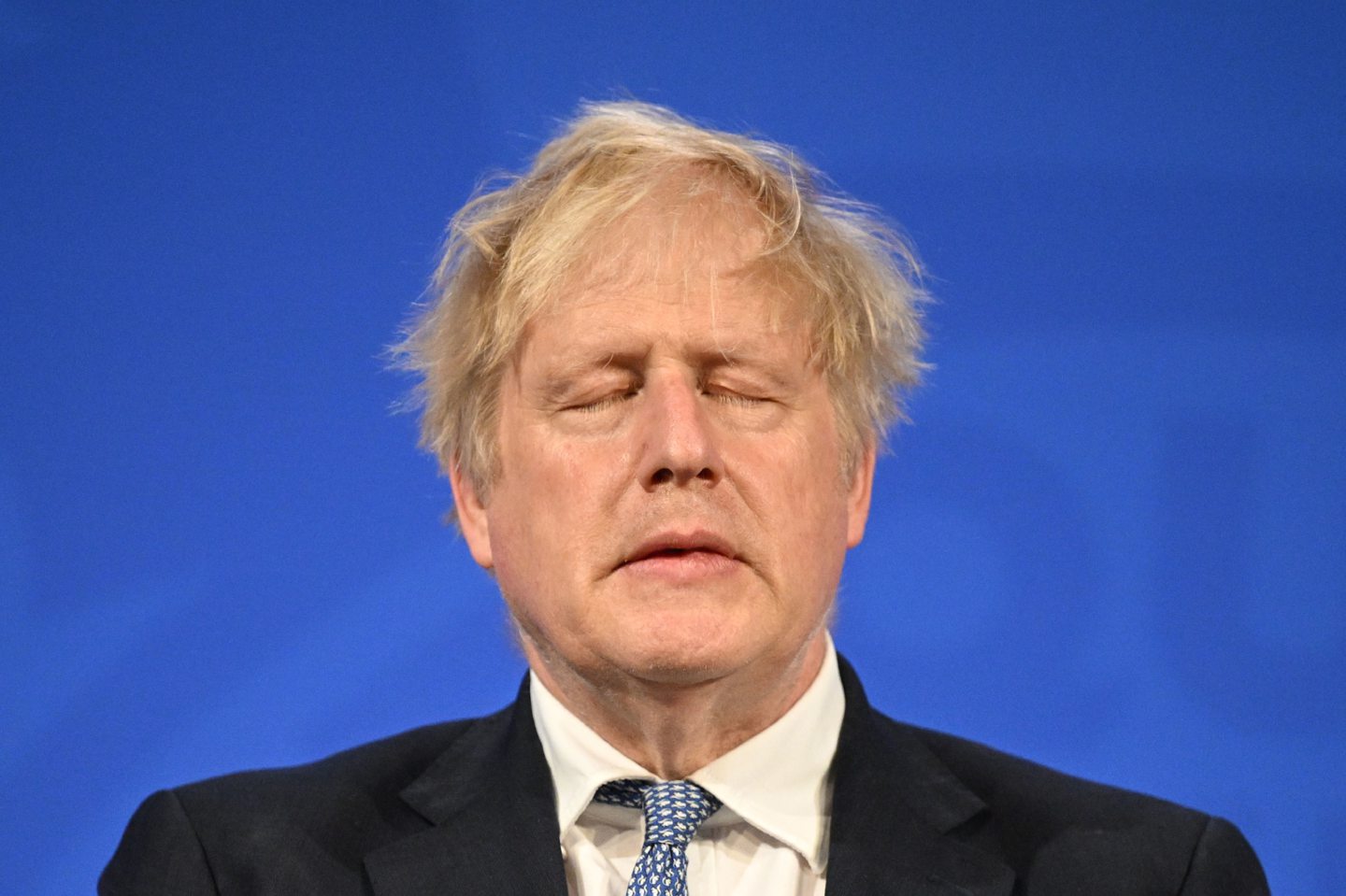
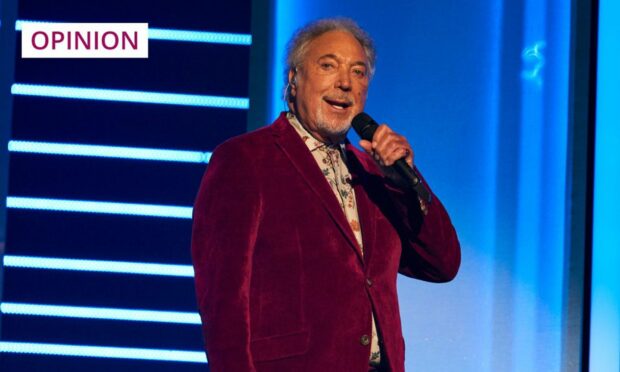
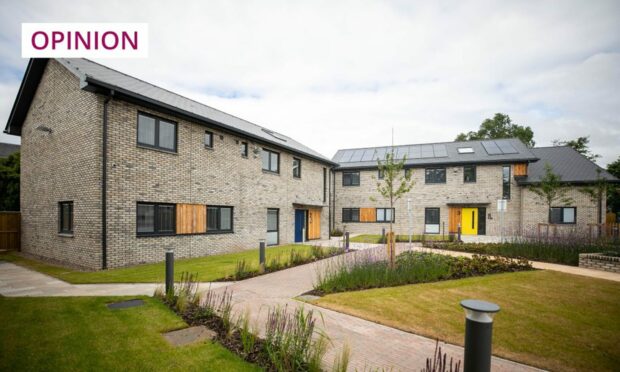
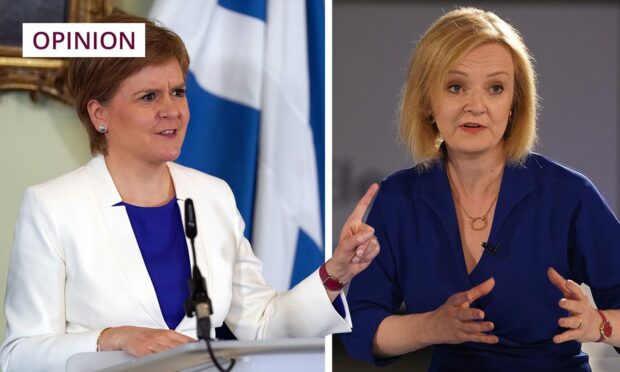
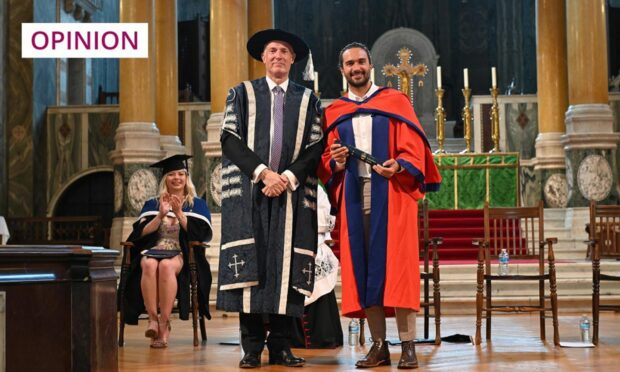
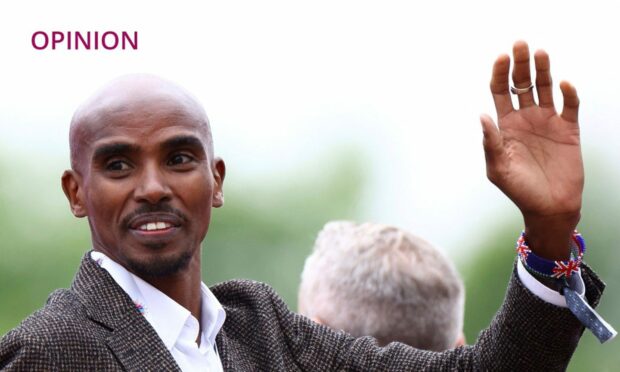
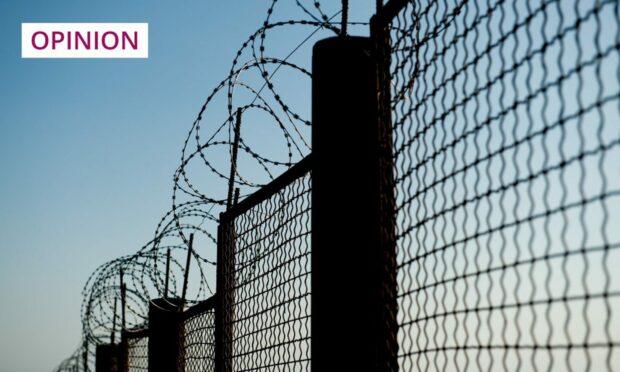










Conversation